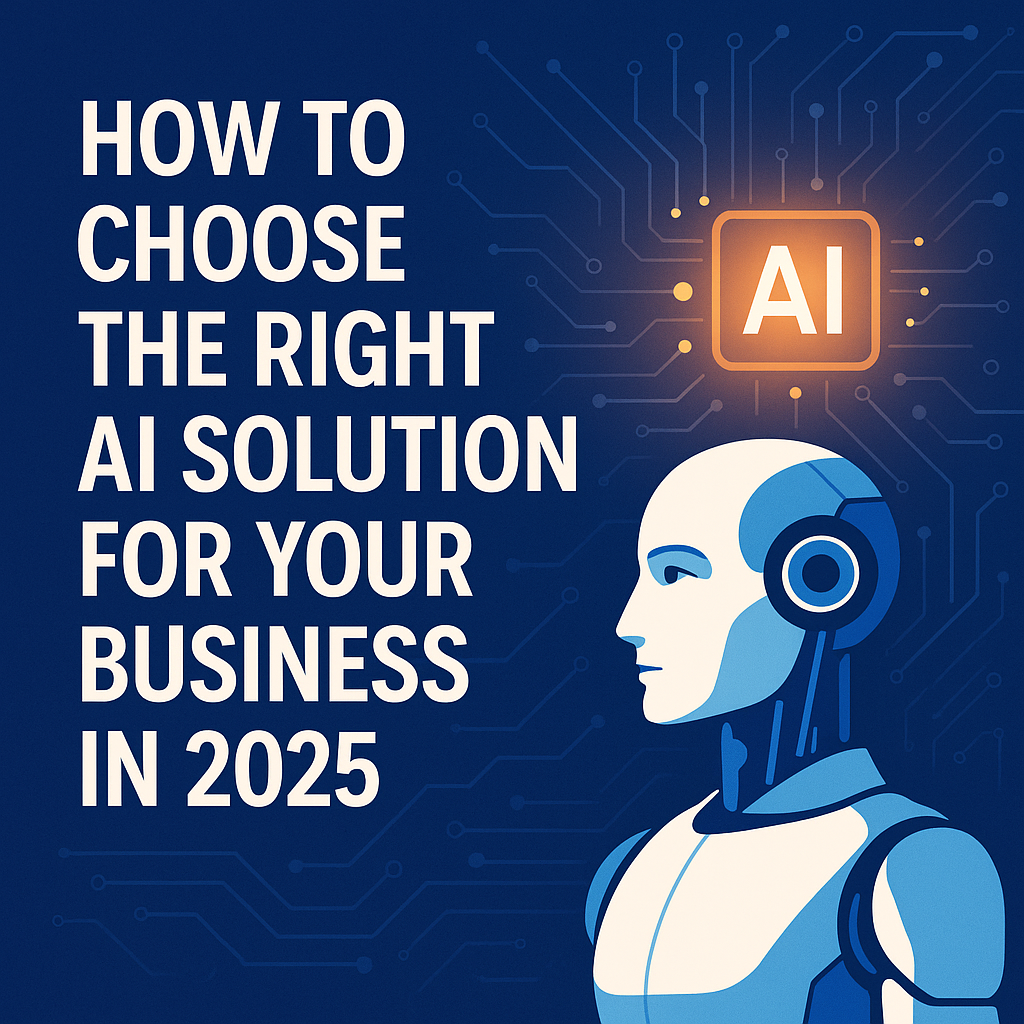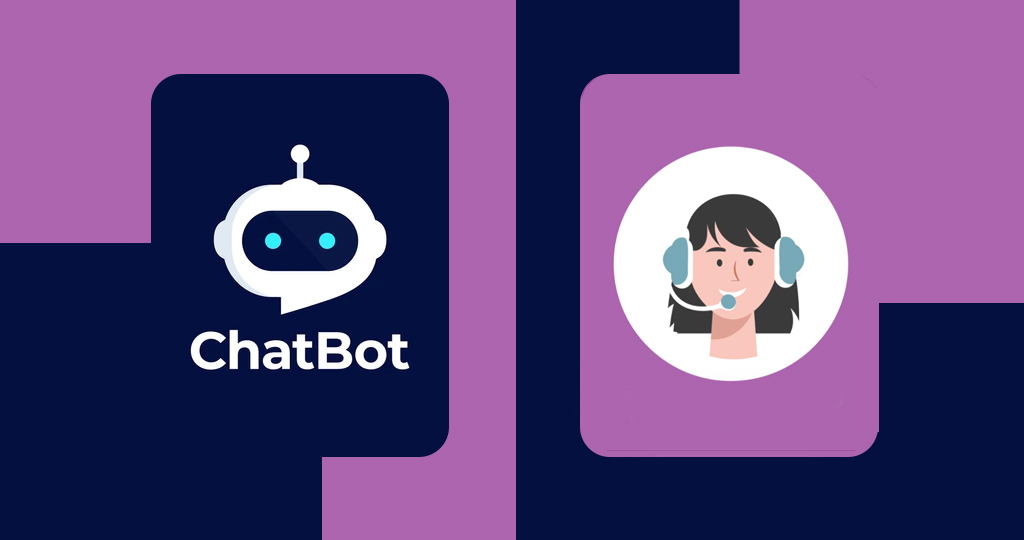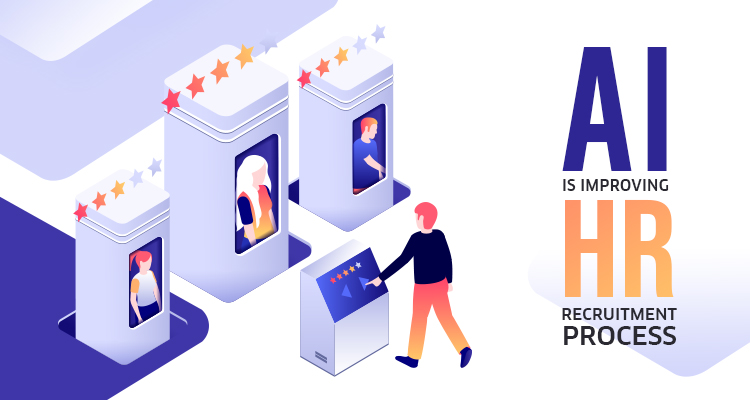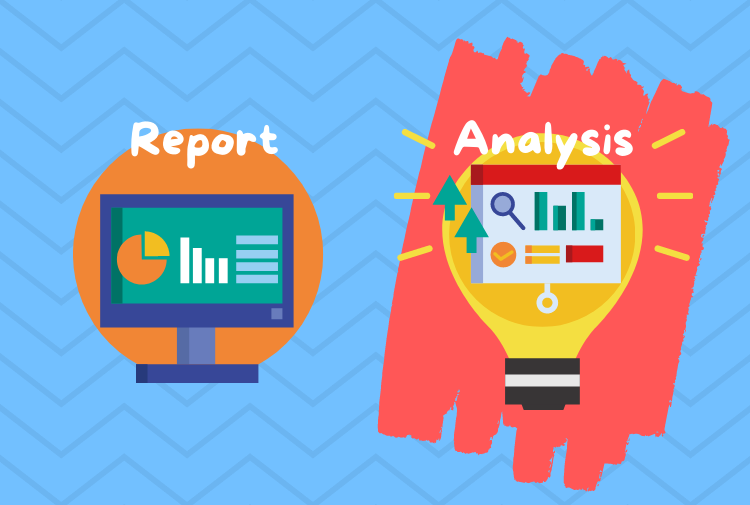Artificial intelligence (AI) is no longer a futuristic concept—it’s a business necessity. In 2025, companies across industries are leveraging AI solutions to automate tasks, optimize workflows, boost productivity, and improve customer experiences. But with hundreds of platforms, tools, and providers on the market, choosing the right AI solution for your business can feel overwhelming.
This comprehensive guide will help you understand what to look for in an AI platform, how to assess your business needs, and which steps to follow to make the smartest investment. Whether you’re a startup founder or a decision-maker at an enterprise company, this guide is tailored for you.
Why AI Is Crucial for Businesses in 2025

The global AI market is projected to surpass $1.8 trillion by 2030, and 2025 marks a major acceleration in adoption. From automating customer support to predicting market trends, AI empowers businesses to:
- Make data-driven decisions
- Reduce human error
- Personalize customer experiences
- Improve operational efficiency
- Stay competitive in evolving markets
In 2025, businesses that fail to integrate AI risk falling behind. The question isn’t “Should we use AI?”—it’s “Which AI solution is right for us?”
Common Types of AI Solutions for Businesses
Understanding the different types of AI tools is essential before making a choice. Here are the most common categories in 2025:
1. AI Chatbots and Virtual Assistants

Used for customer support, lead qualification, and internal automation. Examples include ChatGPT, Google Gemini, and enterprise bots like Drift and Intercom.
2. Predictive Analytics Tools
AI-driven analytics platforms forecast trends, sales, and consumer behavior. Popular tools include Tableau with Einstein AI, IBM Watson, and Microsoft Azure Machine Learning.
3. AI-Powered Marketing Automation
From content generation to targeting ads, these tools use machine learning to maximize ROI. Look into Jasper AI, Copy.ai, and HubSpot’s AI features.
4. AI for HR and Recruitment

Platforms like HireVue and Paradox use AI to screen candidates and automate interview processes.
5. AI for Supply Chain & Operations
AI optimizes logistics, forecasting, and inventory. Think of solutions like Llamasoft and Oracle AI.
Step-by-Step Guide to Choosing the Right AI Solution
Let’s break down the decision-making process into manageable steps:
Step 1: Define Your Business Goals
Ask yourself:
- What problem am I trying to solve?
- Do I need to automate, optimize, or analyze?
- Is this for internal use (efficiency) or external (customer experience)?
Clarity in goals leads to clarity in selection.
Step 2: Assess Your Data Readiness
AI relies on data. Evaluate:
- What data do you currently have?
- Is it clean, structured, and accessible?
- Can it be integrated with AI systems?
If your data isn’t ready, consider data prep solutions or consulting services.
Step 3: Set a Budget
AI tools range from free and freemium models to enterprise solutions costing hundreds of thousands of dollars. Determine:
- One-time vs subscription costs
- Licensing fees
- Implementation and training costs
Step 4: Choose Between Custom vs Off-the-Shelf
- Off-the-shelf AI solutions: Faster to deploy, cost-effective, but limited flexibility.
- Custom AI development: Tailored to your business, scalable, but costlier and time-consuming.
Startups and SMEs often begin with off-the-shelf tools, then transition to custom AI as they scale.
Step 5: Check Integration and Scalability
Ensure your chosen AI tool integrates seamlessly with:
- Existing software (CRM, ERP, CMS)
- APIs and third-party platforms
- Cloud infrastructure (AWS, Azure, GCP)
Also, consider future scalability—can the tool handle growth?
Step 6: Evaluate User Experience (UX)
A tool that’s powerful but hard to use will hinder adoption. Look for:
- Intuitive dashboards
- Clear documentation
- Responsive support
- Community forums or training resources
Step 7: Request a Demo or Trial
Never commit without testing. A hands-on demo lets you:
- Test functionality
- Understand workflow compatibility
- Identify potential bottlenecks
Top Features to Look for in a Business AI Tool
When comparing AI platforms, these features are must-haves:
Machine Learning Capabilities
Can it learn from new data and improve over time?
Natural Language Processing (NLP)
Essential for tools dealing with text, speech, or sentiment analysis.
Real-Time Processing
Critical for dynamic industries like finance, e-commerce, or logistics.
Customization Options
Look for platforms that allow role-based dashboards, API access, or custom model training.
Security & Compliance
In 2025, data privacy is stricter than ever. Ensure your tool complies with:
- GDPR
- CCPA
- HIPAA (if applicable)
Analytics & Reporting

You need actionable insights, not just raw data. Make sure the platform provides customizable, visual reports.
Evaluating ROI and Long-Term Value
AI is an investment. Measuring its return on investment (ROI) is crucial. Here’s how:
1. Time Saved
How many manual hours does the AI tool automate monthly?
2. Revenue Generated or Saved
Did it boost conversions, reduce churn, or prevent fraud?
3. Employee Efficiency
Are employees making faster, better decisions with AI support?
4. Customer Satisfaction
Is there an improvement in customer reviews, engagement, or loyalty?
Many AI platforms also offer built-in ROI calculators—use them to estimate before purchase.
Top 5 AI Tools for Business in 2025
Here are five leading AI tools that businesses are raving about in 2025:
1. OpenAI ChatGPT Enterprise
- Best for: Natural language generation and chat automation
- Features: Custom GPTs, secure API access, advanced analytics
- Why it’s great: Combines power with user-friendliness and enterprise-grade security
2. Microsoft Copilot for Business
- Best for: Seamless integration with Microsoft 365
- Features: Email drafting, data analysis in Excel, task automation in Teams
- Why it’s great: Perfect for companies already using Microsoft tools
3. Jasper AI
- Best for: Content marketing teams
- Features: Blog writing, social media posts, AI-powered brand voice
- Why it’s great: Marketing-friendly UI and advanced NLP capabilities
4. IBM WatsonX
- Best for: Large enterprises and data-intensive industries
- Features: Custom AI model training, analytics, secure cloud hosting
- Why it’s great: Robust platform with years of industry experience
5. Zoho Zia
- Best for: SMEs using Zoho ecosystem
- Features: CRM insights, anomaly detection, automation
- Why it’s great: Cost-effective and scalable for small businesses
Choosing the right AI solution in 2025 is a strategic decision that can define your business’s future. With the landscape evolving quickly, companies must balance innovation with practicality, ensuring their chosen tools meet today’s needs and tomorrow’s ambitions.
To recap:
- Start with a clear understanding of your goals and challenges
- Audit your data and IT infrastructure
- Compare tools based on scalability, usability, and features
- Always test before you commit
- Measure ROI to justify ongoing investment
AI is not a one-size-fits-all solution. It’s a toolkit—and with the right tools in hand, your business can thrive in the age of intelligent automation.

